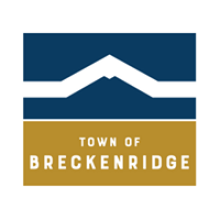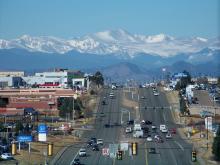Grant PUD in Washington Aiming to Connect Entire County - Soon!
At their November 27th meeting, Commissioners from the Grant County Public Utility District (Grant PUD) in Washington approved the funds to complete countywide fiber optic deployment. They’ve decided to dedicate an additional $12.6 million in new funding toward infrastructure to speed up the project. The total 2019 fiber budget is now set for $18.4 million to pay for expansion, maintenance and operation, and new customer connections.
According to Wholesale Fiber senior co-manager Russ Brethower, Grant PUD will have a more accurate and detailed timeline calculated in the spring. Approximately 30 percent of Grant County residents have yet to be connected to the network. While some communities have partial connectivity, there are still a few with no connections to the fiber and the new accelerated plan aims to change that.
Big Ambition for A Big County
With approximately 3,000 square miles, connecting the entire county is no small feat. Grant County, known for its large potato farms, contains expansive tracts of rural areas and several dense population centers. Add in the fact that soil varies from rock to easily plowed soil, and the Grant PUD has faced an extensive education in all manners of deploying fiber.
Christopher talked with Brethower for episode 279 of the Community Broadband Bits podcast about the network and the start of Grant PUD's efforts in 2000. Brethower discussed the fact that the county is an ideal place for data centers, as companies are encouraged by inexpensive real estate, the climate, low electric rates, and the fiber network.
Brethower also described how connecting the remaining residents and businesses in the county has become a priority for the Grant PUD and that their open access network, as required by state law, has attracted two dozen service providers.
With the additional funding for 2019, the Grant PUD will reduce the original deployment goal from 10 years to five.
Listen to the November 2017 interview with Russ Brethower here to learn more about the story behind Grant PUD’s fiber network:









